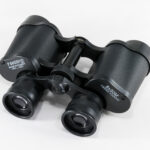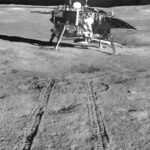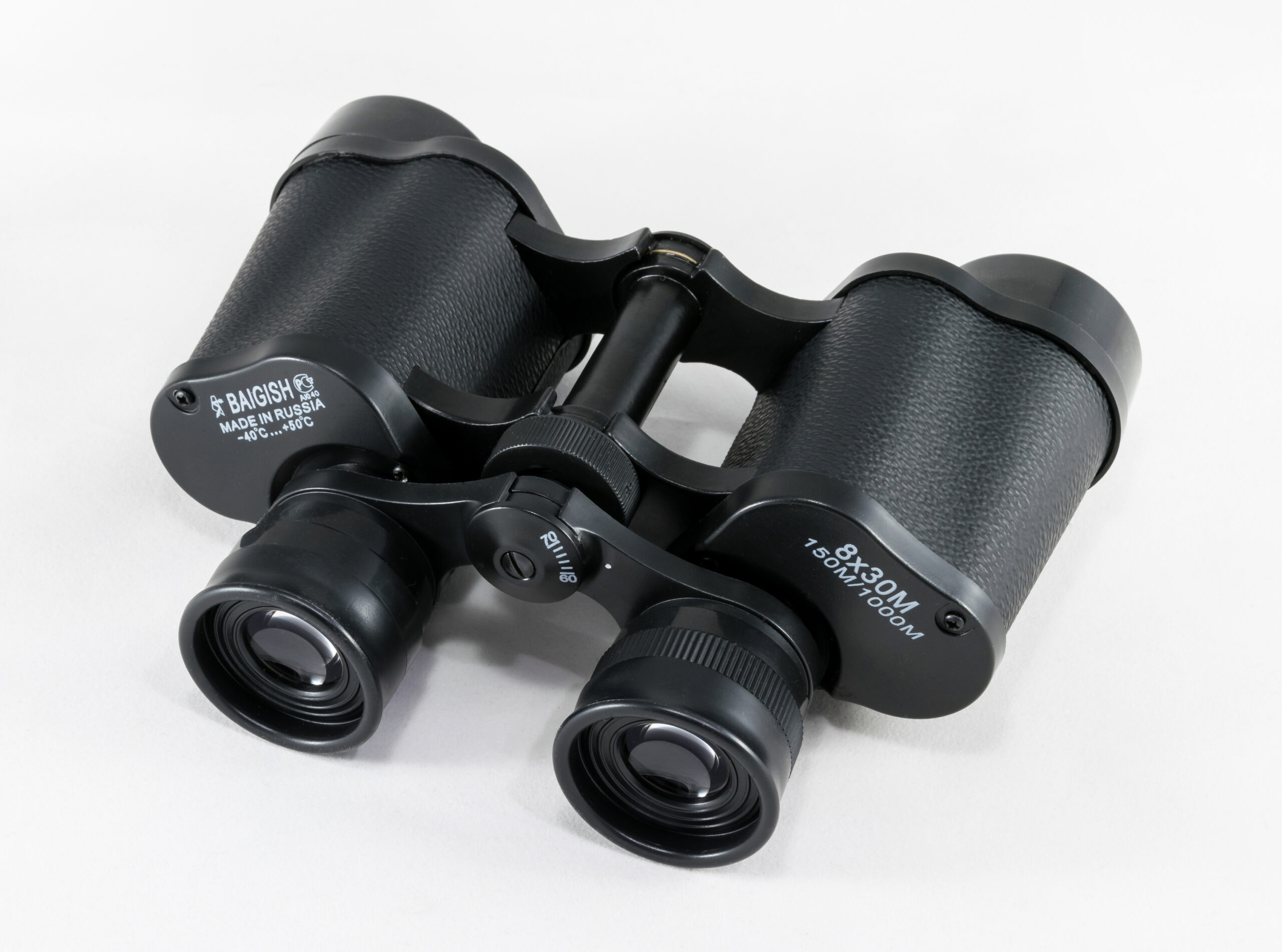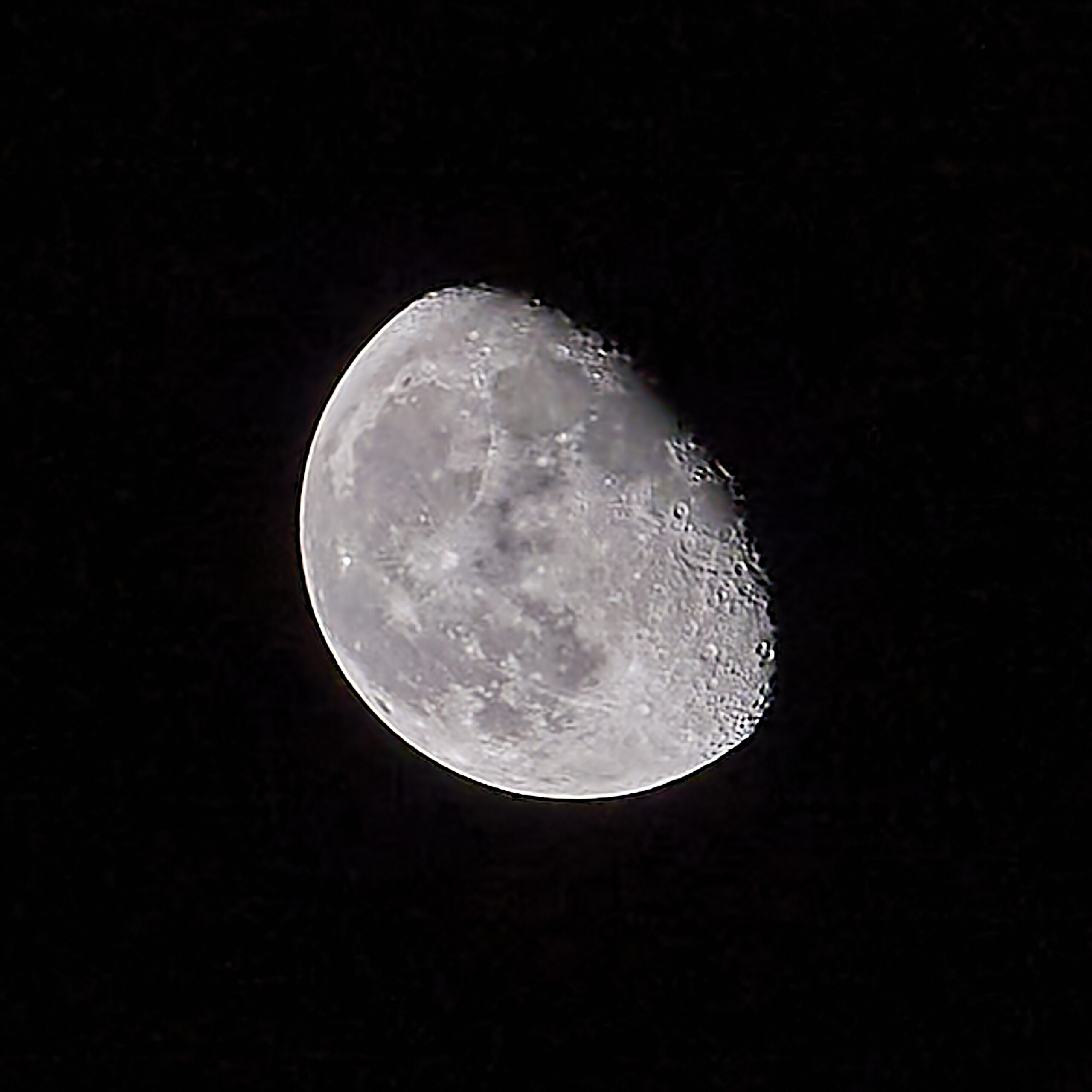The outer reaches of our solar system are an utterly fascinating place. The region beyond Neptune is an area stretching far beyond the orbit of Neptune and have some of the most enigmatic and least understood objects in our Solar System. Here, the Kuiper Belt and the Oort Cloud hint at the primordial matter that was around at the solar system’s birth.
Diagram of the Kuiper Belt.
Within the Kuiper Belt a millions icy bodies, dwarf planets, and small solar system objects orbit in this dark region of the Solar System, holding more than four billion years of Solar System history. Their study offers snapshots of the earliest solar system conditions, providing crucial insights into how planets, moons, and other celestial objects came to be.
Astronomers investigating the Kuiper Belt are looking for clues that may hold the key to understanding larger cosmic phenomena. For instance, these asteroids may carry priceless clues about the presence of organic molecules, water, and other volatiles that are elementary to life as we know it. Some of these objects may also hold clues as to .he make up of the Solar System in its infancy.
We shall now visit the Kuiper Belt and delve deeper into its secrets and how the vast Kuiper Belt plays an integral part in our Solar System’s make up and our understanding of our Solar System’s history..
The Kuiper Belt: A Frontier Beyond Neptune
The Kuiper Belt is a vast belt of asteroids, comets, dwarf planets and million of lesser objects. The Kuiper Belt is a critical component of the region beyond Neptune. and a frontier that has captivated astronomers for decades.
The Kuiper Belt extends from Neptune’s orbit at about 30 astronomical units (AU) to approximately 50 AUs from the sun. Here, objects are remnants from the solar system’s formation, trapped in time and space. These Kuiper Belt Objects (KBOs), including dwarf planets like Pluto, are composed primarily of frozen volatiles such as methane, ammonia, and water.
The exploration milestones of Kuiper Belt objects have reshaped our understanding of the solar system. It began with the discovery of Pluto in 1930, long considered the ninth planet until the redefinition of ‘planet’ by the International Astronomical Union in 2006. Since then, other significant KBOs have been discovered, like Eris, Haumea, make, further populating this distant celestial neighborhood, Pluto being one of the larger Kuiper Belt objects.
Studying the Kuiper Belt’s composition and structure offers insights into planetary formation and the conditions of the early solar system. The objects within the Kuiper Belt are diverse in size and composition, suggesting a complex evolutionary history. Notably, NASA’s New Horizons mission, which famously flew by Pluto in 2015, has provided unprecedented data on this KBOs, revealing its intricate surface features and advancing our knowledge of these distant objects.
The New Horizons probe took over nine years to reach Pluto. On it’s way it passed Jupiter and got extra speed due to a mechanism called ‘The New Horizons probe took over nine years to reach Pluto. On it’s way it passed Jupiter and got extra speed due to a mechanism called ‘Gravity Assist‘ where a space craft uses the planet’s gravity to sling shot the probe a new direction and and add speed to the spacecraft and to save on fuel.
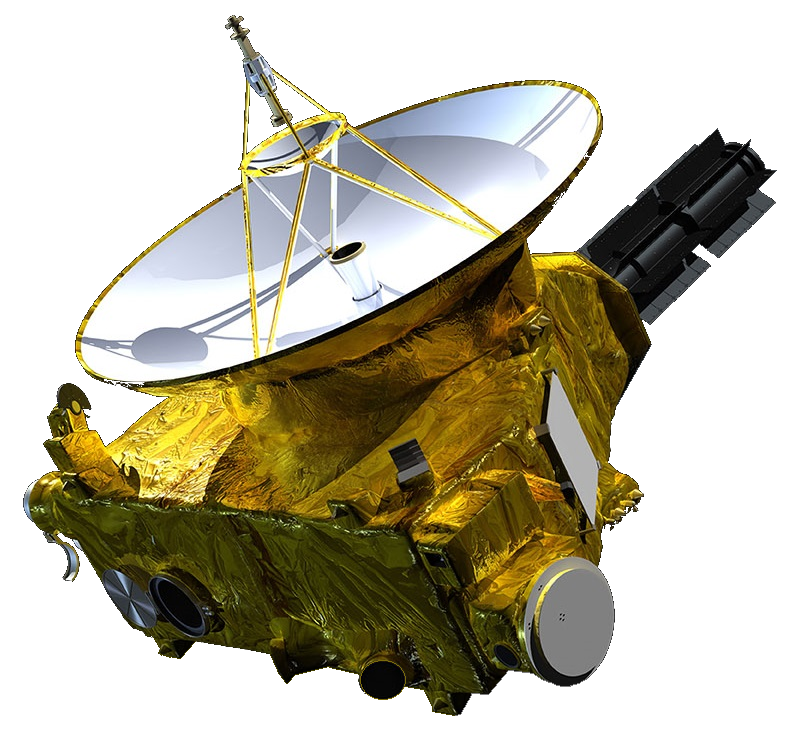
Picture of the New Horizon’s probe.
After leaving Pluto the New Horizons probe was directed to the observe other Kuiper Belt Objects in the 50 to 100km (31 to 62mile) range. Its first flew by the KBO Arrokoth on January 1st 2019. New Horizons observed from afar the Dwarf Planet Haumea in October 2007, January 2017 and May 2020. The probe also observed the Dwarf Planets Eris (2020), Makemake (2007, 2017) and Quaoar (2016, 2017 and 2019). The probe also observed other large Kuiper Belt objects such as Ixio (2016), 2002 MS (2016, 2017 and 2019) and 2004 UE (2017 and 2018. The last two are catalogue designations as the objects have yet to be given official names.

Some of the larger Kuiper Belt Objects.
To date New Horizons has observed over 100 Kuiper Belt Objects, some it has flow close enough to photograph. The probe will continue its journey through the Kuiper Belt until its fuel runs out and it will eventually leave the Solar System and move into Galactic space similar to the Pioneer and Voyager space probes.

